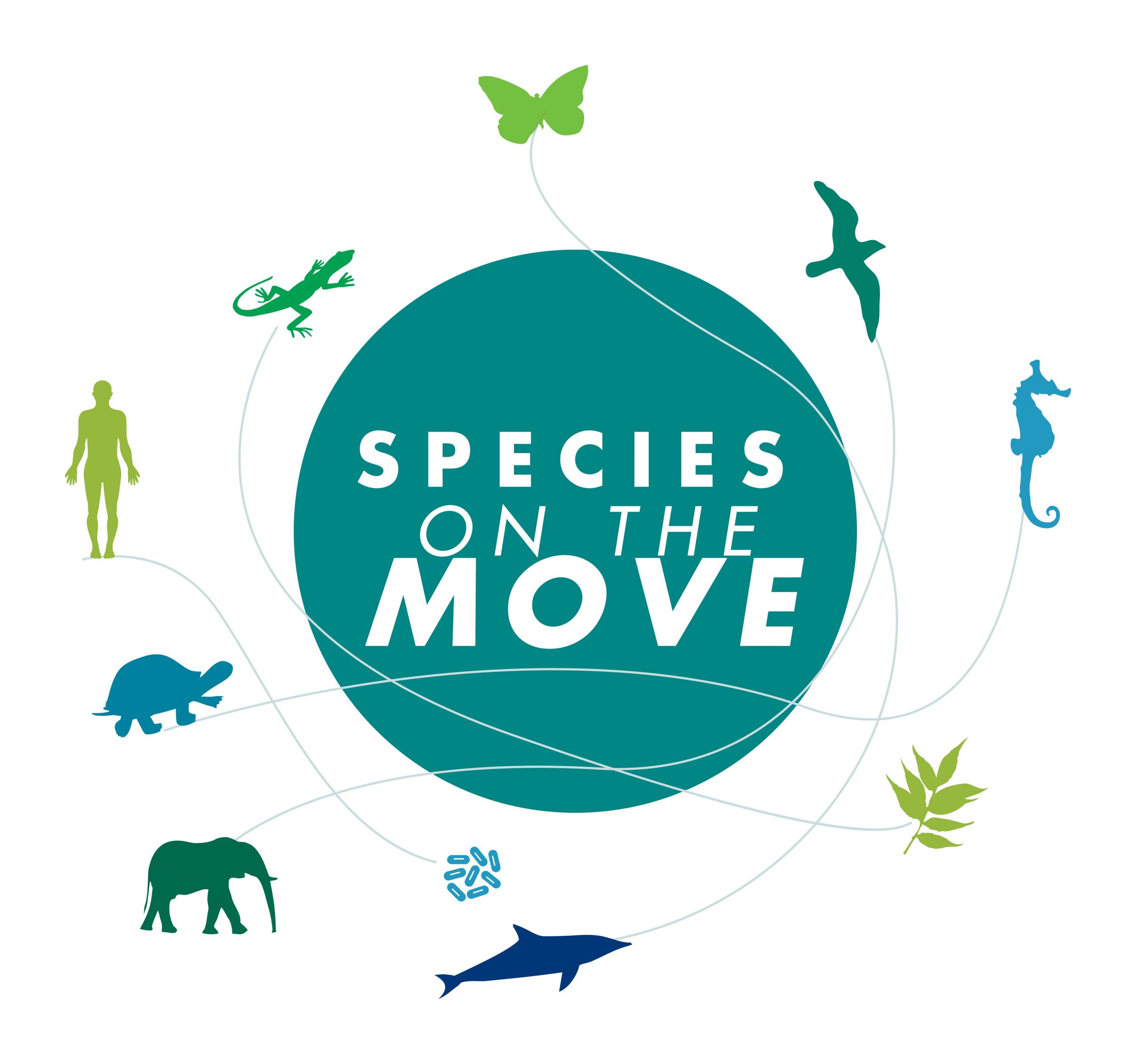Predicted changes in the Western Cape agricultural sector: How will farmers and Blue Cranes be affected?
Ms Christie Anne Craig1, Ms. Tanya Smith1, Dr. Peter Ryan2 1Endangered Wildlife Trust/ International Crane Foundation, Cape Town, South Africa, 2FitzR Institute of African Ornithology, University of Cape Town, Cape Town, South Africa Blue Cranes (Anthropoides paradiseus) are near endemic to South Africa and are listed as Vulnerable on the IUCN Red List. In the…
